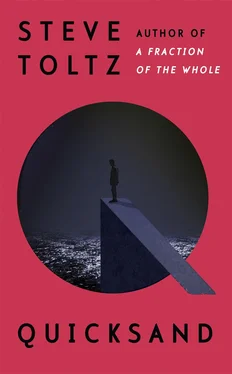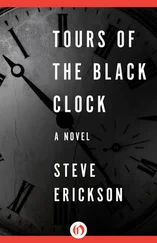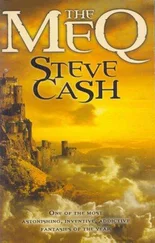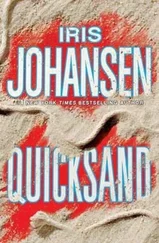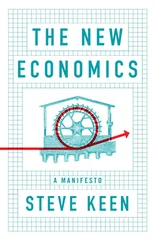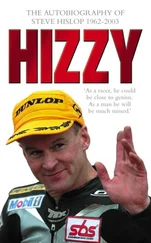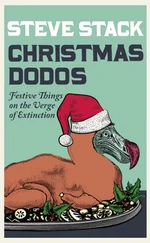Then there are the Aldoists who come out like old fur traders, a curious procession trudging down the path or from a beach around the headlands, absurdly rowing eight-foot dinghies or kayaks that they moor or rope to a stubby spire, scrambling up wringing wet and overloaded with art supplies to gather around him like a coven of witches and squat and eye him with acute, scrutinising gazes as if they wish he were taller or a different hue, and while they sculpt, paint, sketch, draw, peel prawns, neck beers, and raid his trash for ‘found objects’ and ‘readymades’, they make their backhanded compliments to one another and rehearse their prolix artistic statements and carefully tailored nonsense for grant applications that don’t hold up to human comprehension, and they make their works: photos or photorealistic drawings; abstract oil paintings; plaster, clay, plasticine, polyurethane and iron-mesh sculptures; video art unlikely to pass the test of time into the following week; sound installations such as of a human voice screaming over a crashing wave; conceptual pieces like amputated Ken dolls squashed into cracked snow globes; oversized banknotes with the denomination of zero featuring his anguished visage, etc. Despite the wildly divergent stylistic flourishes, they are all representations of Aldo himself: his scarred, aggrieved, seething face; his oppressive direct gaze; downturned mouth; unglued smile; fine wrinkles; greying, dandruffed eyebrows; puckered lips midepiphany or denoting sudden neuropathic pain or memory of unbearable regret; his familiar grimace of creeping dismay; equally familiar dumbfounded or resigned expression or vague glint of evil; occasionally, he’s portrayed as horned or antlered, as serene or beatific, or hunched, racked, contorted, with veined and purplish wasted legs, incongruously muscular arms, looking tensile or excessively angular or warty or in need of urgent hospitalisation, or pierced by cold wind, or veiled in fine mist, or engulfed in white water, and mostly on his rocky habitat that itself is often depicted as a desolate planet or an asteroid cruising through space. The most recurrent iconic and quintessential images: Rodin’s Thinker in a rusted wheelchair, or a cobwebby wheelchair with a lone seagull perched on its arm. The various titles: ‘The Sexual Stakes Are Low’, ‘Mattress Without Stuffing’, ‘God Protecting His Investment’, ‘The Self-defeated Champion’, ‘Still Life with Beating Heart’, ‘Unceasing Torment With a View’, ‘The Accursed One Eating a Pine-lime Splice’, ‘Sex Offender on a Rock’, ‘A Petulant Sulk of Biblical Proportions’, ‘Non-vital Statistics’, ‘Man Returned to the Lump of Clay From Whence He Came’, ‘Shoah for One’, ‘Hominid in Yellow’, ‘Less Than Meets the Eye’, ‘A Gulag of One’s Own’ etc.
At first I wondered why he bothered secreting himself in so bizarre and inaccessible a location, only to allow himself to be overrun by the kind of people who wouldn’t hesitate to ask on your wedding night if they could crash on the floor of your honeymoon suite, then I realised: Aldo owed much of the success of his new religion to these people. It was the artworks that made the connection with the general public — he was known less for himself than as a common denominator between artists. It was the poems and the paintings and the photographs and the sculptures, it was ageing enfant-terrible Frank Rubinstein’s Archibald Prize People’s Choice Award-winning portrait, the painting of Maria Hamilton’s that was used for the Weekend Australian magazine cover, Stella’s fan base from her moderately successful album I Love You: It Isn’t Personal, and the wildly popular exhibition after her murder of Mimi’s photographs that Aldo had to thank for increasing traffic to his website, which linked to his YouTube channel, and for sending edited clips of his murder-trial testimony/business pitch viral, for throwing his voice into the echo chamber and making him a cultural commodity, and, in his words, ‘as popular as antibacterial handwash’, a popularity that would have been unfeasible without the artists. Their ambition to sell and be known and his ambition to be sold was a happy coincidence. ‘My first,’ he said. Some people saw his ‘religion’ as an extension of their artworks, like branching hypertexts or interconnected nodes of expression, and everyone who subscribed felt in on the joke. It was Aldo’s touch of genius to add The Congregation, a social-networking feature that allowed his ‘believers’ to hook up for sex.
Thus was it art and artists that finally achieved for him his lifelong goal: he was making money, but he didn’t yield to his success, he ignored it. He wouldn’t even get involved enough to mismanage it into the ground! He put Graeme Frost, his accountant ‘friend’, in charge and instructed him to divert his earnings into two accounts: one for Stella and one for her son Clive. The earnings doubled, tripled, quadrupled. He didn’t care, and he didn’t even want to know the figures; he took zero pleasure in counting his money or visiting his website. It’s an infallible rule that one achieves one’s dreams too late.
Tonight, the temperature drops way down, and I’m mourning in my kitchen. A silent moon grieves at the window and my reflection floats in the glass doors. Sonja laughs exuberantly at something and because I’m feeling sad and mean-spirited, I don’t ask what she is laughing at. Stella and I drink beer and she asks me, not for the first time, to go out and bring him home. The sky is fouled with dark clouds; southerly gusts skid the outdoor chairs across the courtyard. What is he doing right now in his midnight gloom? I imagine him unsheltered and frisked by the wind, holding tight to the peak of a slippery rock in that hidden cove that won’t return an echo to its master …
II
The sun burns dimly behind a bank of clouds. I scramble down the pathway in a panic, as I can’t see him though the haze — wait, there he is, like some half-human half-crustacean, something you might find in a cabinet of curiosities, his special surfboard levered up behind him. I get comfortable and watch him through binoculars from the shore; the wind’s fierce and Aldo’s washed in endless spray and cool air, his hair plastered to his head. He sits like an old man in a bedsit — motionless, hands in his lap, glaring through the briny sheen at the oiled women on the shoreline. I go out on the board. I paddle around and he watches me mutely.
I say, ‘It’s just not like you, ostentatiously commandeering a tiny island like this.’
He says, ‘You’re interrupting my intercourse with the sea.’
I say, ‘That’s disgusting.’
A wave breaks violently between us and I have to squint through a misty wall of white spray to keep him in sight.
He says, ‘Imagine. Two and a half years in prison, two months on this rock and I can still hear my ringtone.’
‘At least put some suntan lotion on.’
‘Just take a biopsy and get back to me.’
‘What are you still doing out here?’
‘This is no more radical than living on the streets.’
‘I wanted to ferry a psychiatrist out but he wanted to charge travelling time.’
‘My hearse will be a water taxi.’
‘He told me to ask you what it is that you want.’
‘Ask yourself instead.’
‘I want to be a writer so prolific I’ll wind up dedicating my books to women I see on the street the morning of printing. What about you?’
‘To travel back in time and sterilise my grandfather.’
‘You’ll die out here.’
‘Promise?’
‘I predict drowning or pneumonia.’
‘Kidney failure or blood clots more likely.’
‘What about sharks?’
‘Hand-to-fin combat? Mano a sharko? Bring it on.’
Читать дальше
